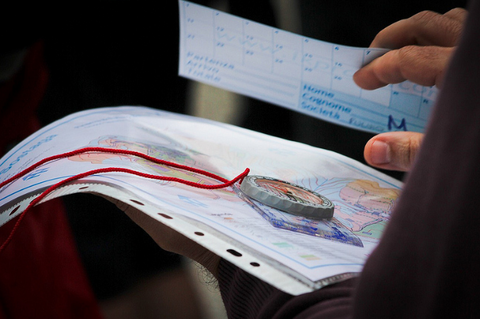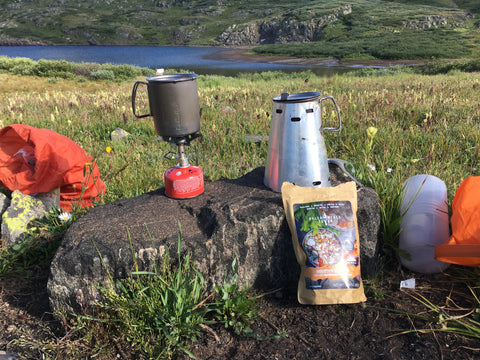How to Plan a Multi-Day Hike
When you’re headed into the backcountry for several days, how you plan, what you pack, and the type of food you carry can change significantly from a day-hike or even an overnight trip. Spend some time thinking about your first multi-day hike before hitting the trail: a little extra planning can go a long way in determining the success of your trip.
- Do your research
 Photo courtesy of Luigi Mengato
Photo courtesy of Luigi Mengato
Get your maps and trail notes out and study up. Identify tricky, challenging, or even dangerous sections of trail beforehand so they don’t take you by surprise. If there’s a section of trail above treeline, organize your itinerary so you’re tackling it early in the morning before the afternoon monsoons roll in. It’s also good to be aware of alternative trails and escape routes in case something goes wrong. Seriously, there’s no such thing as over prepared.
- Get the gear (and know how to use it)

It’s easy to skimp on the Ten Essentials when you’re only headed out for the day, but we wouldn’t advise it on even an overnight trip! Pack weight becomes more of an issue the longer your trip becomes. Focus on packing lightweight, multipurpose items that will function in a variety of terrain types. I like to use a checklist as I’m packing to insure I don’t leave anything important out. REI has a comprehensive backpacking checklist that can help you make your own.
- Count some calories

You’ve probably heard about the thru-hiker stereotype – hungry as a horse, will eat anything, even questionable food from the floor. Think about counting calories (as many as you can get) when you’re planning your backpacking menu. As weight is an issue, consider a calorie to weight ratio. Find the most calorically dense items that weigh the least. Pre-prepared meals are great, but they also weight a lot. I like to carry a variety of pre-prepared meals as well as homemade items to save on weight.
- Prepare for an emergency
Epics can happen to the best of us. Be sure to leave your trip itinerary with someone who will call search and rescue if you don’t turn up at a prescheduled time. I like to carry a personal locator beacon to send an SOS message if necessary. If you have a First Aid Kit (which you should!) spend a bit of time learning how to treat basic injuries, splinting, dressing wounds, etc… And have a backup plan!
Do you have a backpacking trip coming up? Send us photos from your adventures – we’d love to see the mountains you’ve climbed and beautiful campsites you’ve seen.

 Photo courtesy of
Photo courtesy of 
